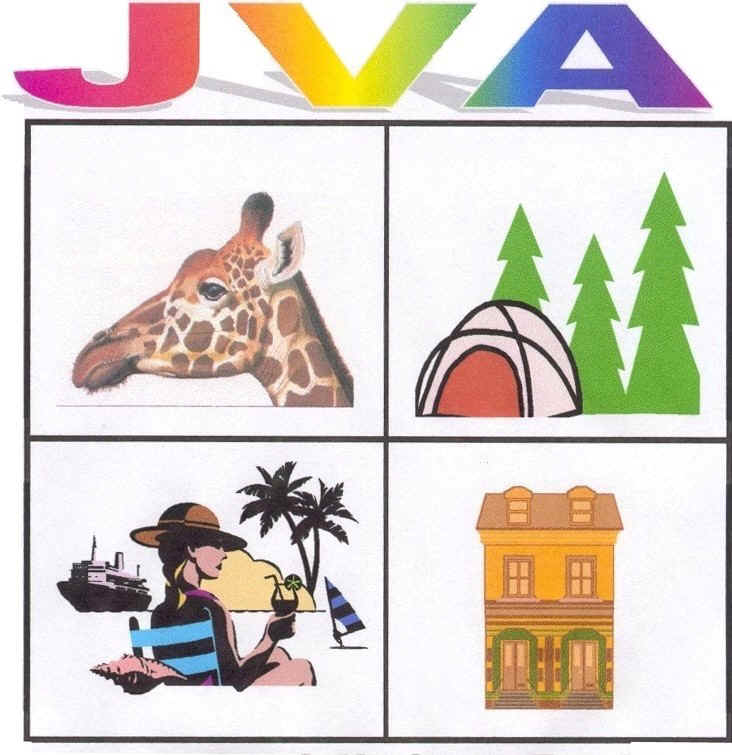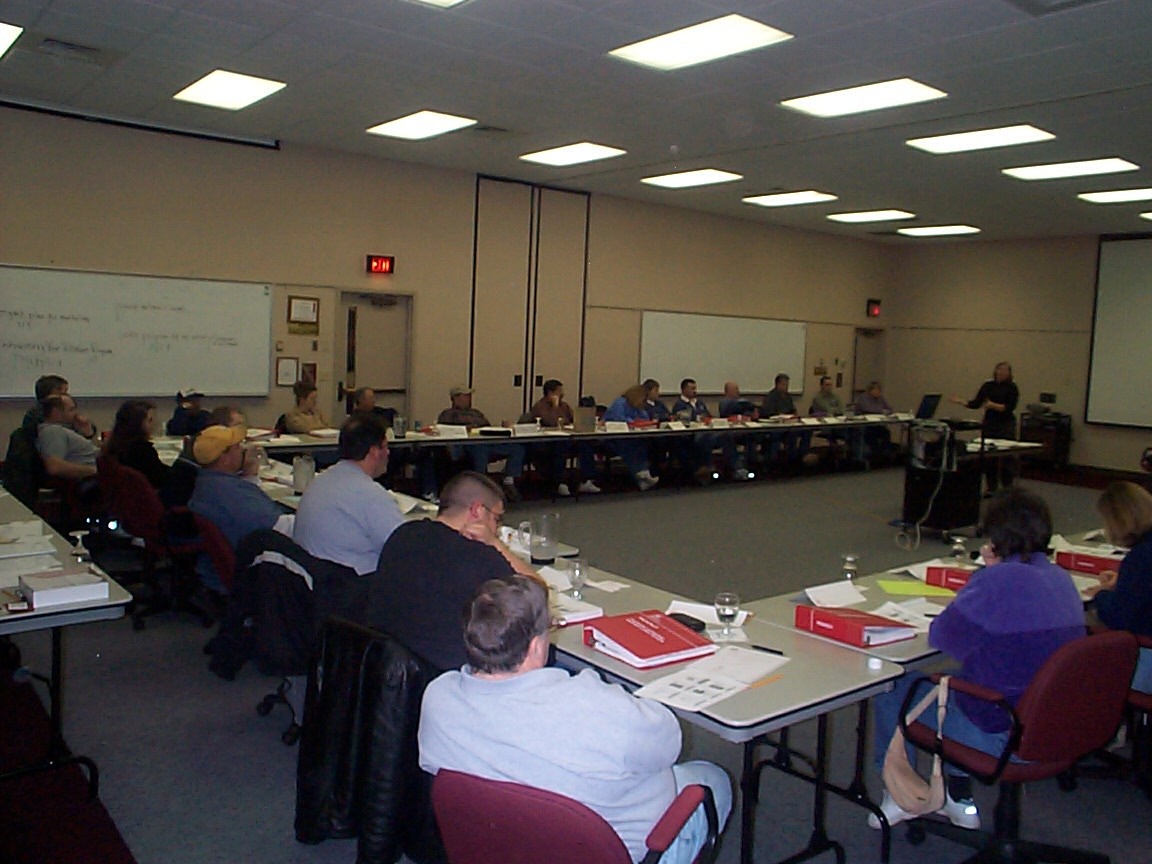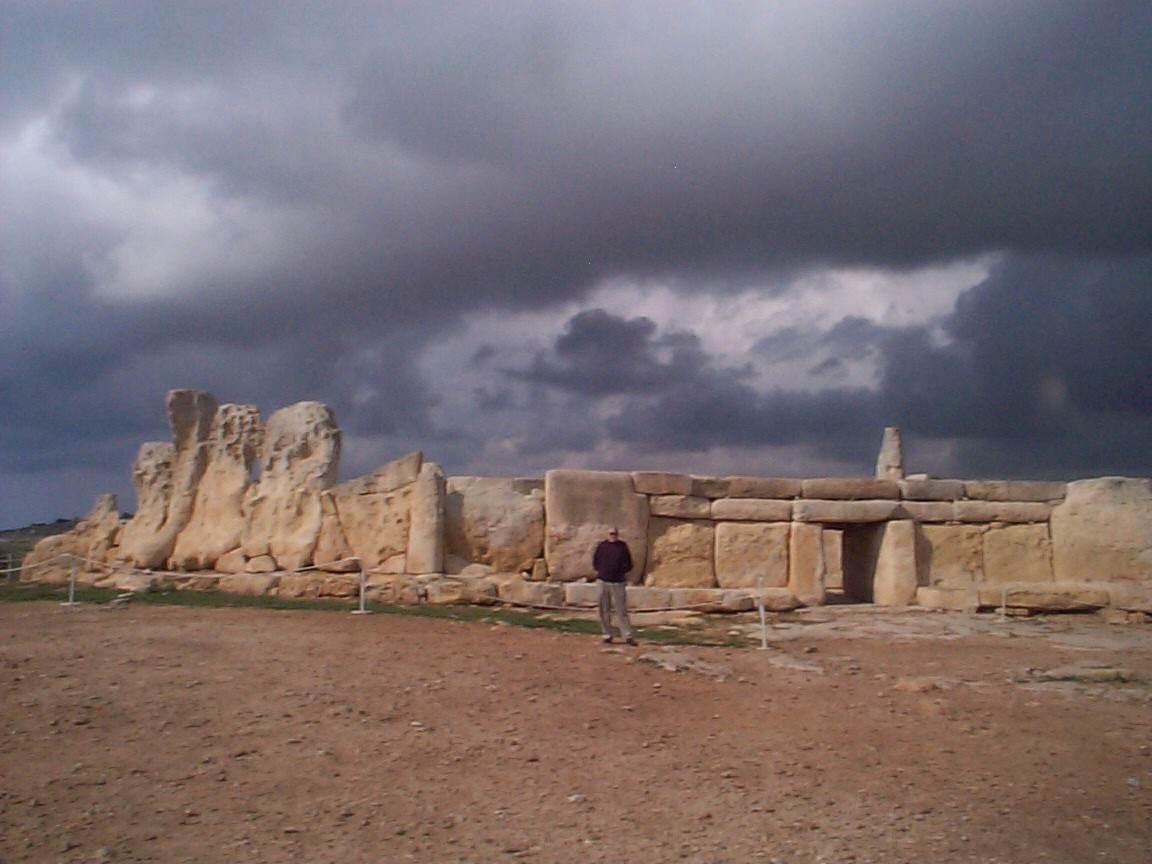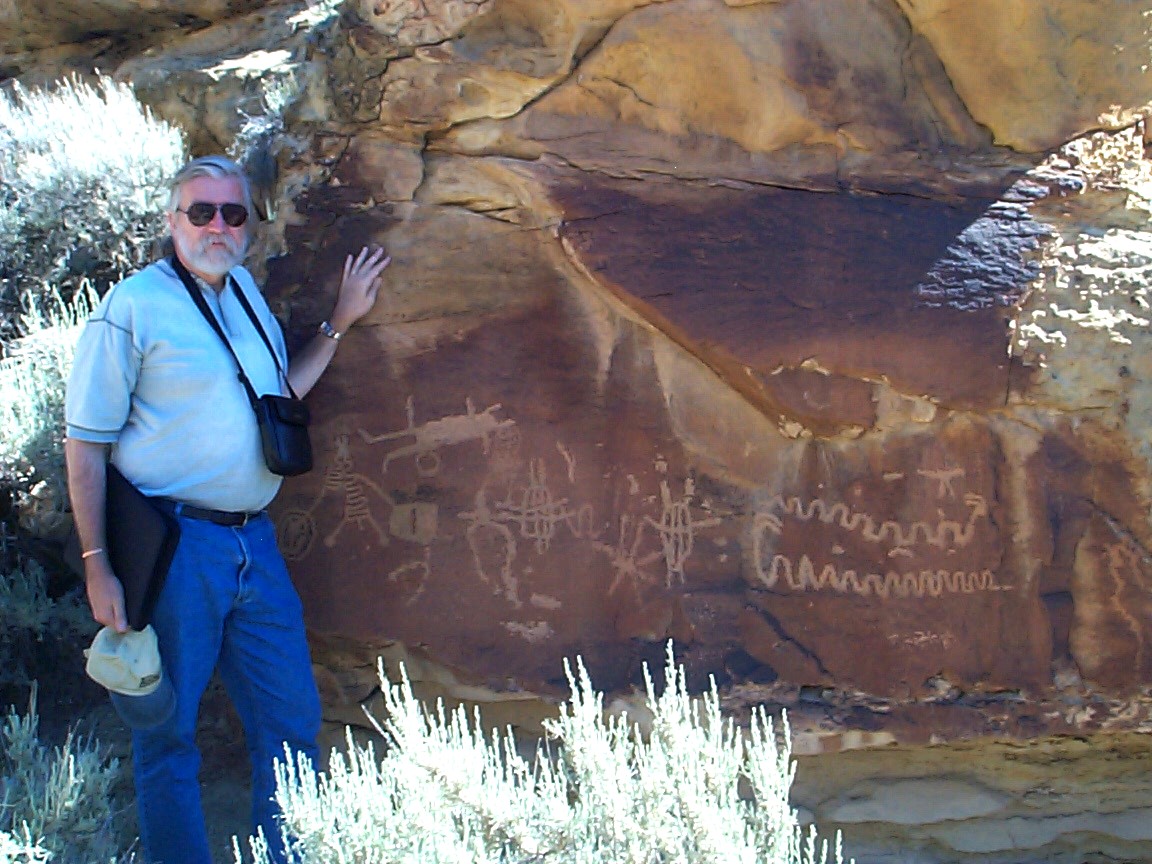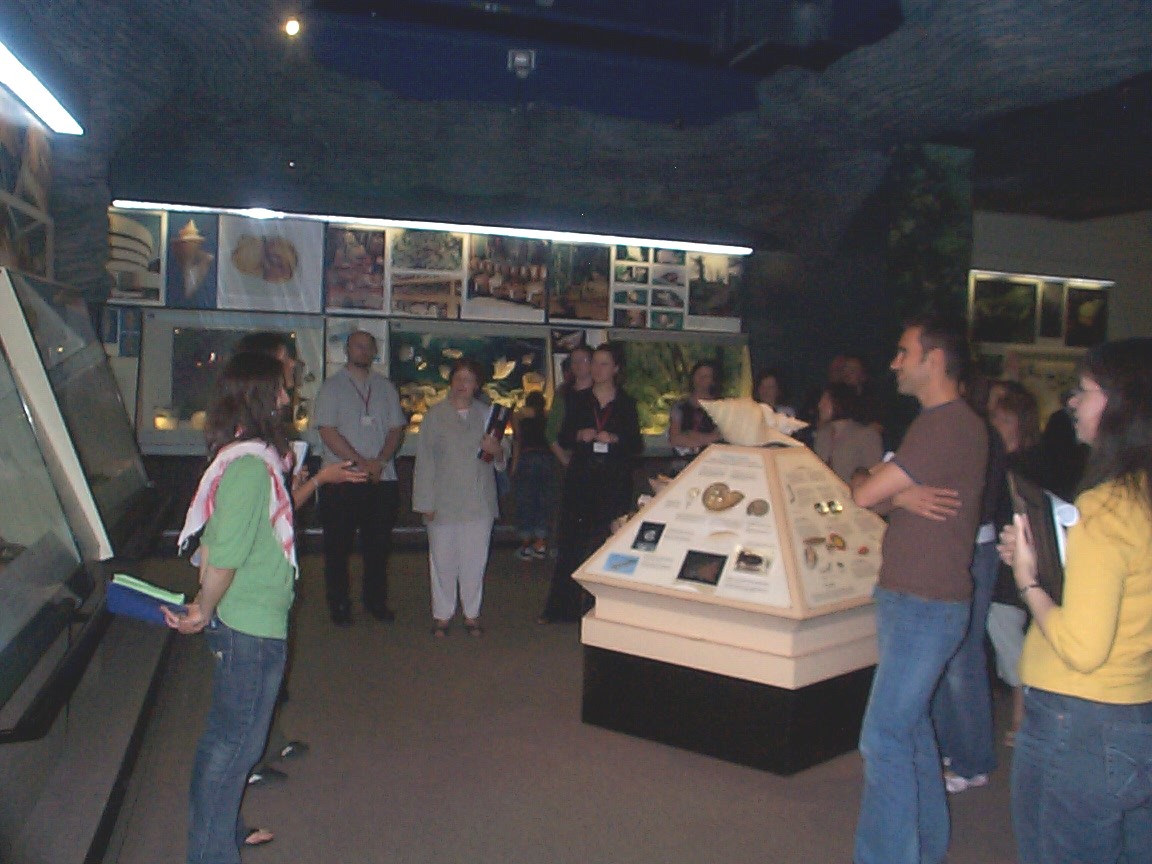|
Qualifications
2011 Projects
2010 Projects
2009 Projects
2008 Projects
2007 Projects
2006 Projects
2005 Projects
2004 Projects
2003 Projects Interpretive
Services Library Interpretive
Planning Scenic Byways Evaluation Links
Text Book
Training Video Home Page
| |
Interpretation
as a Management tool.
by
John
A. Veverka
Interpretive Communications?
The idea of using interpretation to help accomplish management objectives is relatively
new, but gaining in use. Originally interpreters main jobs were to serve as
"entertainment directors" for parks, historic sites, etc. Most of the early
photographs of interpreters or "naturalists" usually had them pointing at
something - flowers, geological features, historic structures and so on. And in most
professional job settings we were expendable. Whenever there was a budget problem, the
interpreters in the agencies were the first to go. After all, they didn't do anything
"essential". The agencies, or the interpreters themselves hadn't realized the
true potential and value of interpretive communications.
Interpretation as a management tool?
To look at how we are/can use interpretation to help with management issues, it is first
important to remember that interpretation is an "objective based" communication
process. We usually have three kinds of objectives interpretation focuses on
accomplishing:
* Learning Objectives
* Behavioral Objectives
* Emotional Objectives
The Learning Objectives are designed to provide basic topic information or understanding,
such as "The majority of the visitors will be able to describe three
reasons protecting archaeological sites benefits all visitors".
But the real reason or most important reason the manager may have in mind for
interpretation to accomplish is to prevent visitors from picking up "souvenirs"
at archaeological sites, such as pottery shards. So the behavioral objective might be
"All visitors will leave any artifacts they may find at the site alone and not pick
up any artifacts to take home with them".
It is the job of the emotional objectives for the interpretation to get the visitors to
appreciate the value of artifacts left in place, and feel that they are doing a good thing
by not touching anything. So an objective of this kind might be "The majority
of visitors will feel a sense of responsibility for not touching any artifacts
they may find on the ground". Or "The majority of visitors
will feel good - a part of the resource protection - by not touching any artifacts they
may see on the ground".
The relationship between the behavioral objective (the results oriented objective) and the
emotional objective is that the behavioral objective is the thing you, as
a manager or interpreter what to have happen as a result of the interpretation (how you
want the visitor to USE the information you are interpreting to them). The emotional
objective forces you to plan how you will get the visitor feel that the behavioral
objective you have in mind is something they should want to do. This is the same basic
strategy used in modern advertising today. The advertisement in a magazine wants you to
do or buy something. The "presentation" of the ad - the
graphics, the way the ad relates to different market groups, the evidence the ad portrays
as to "why you need this product or service", follows this same format.
The emotional objective of the ad is to make you FEEL you want or need this particular
product. The behavioral objective is for you to actually go out and buy it.
What kinds of management issues can interpretation help with?
The US Army Corps of Engineers has embraced interpretation
into its day-to day communication with its visitors. Interpretive programs and services
are used to:
- Help promote water safety issues (wearing Personal Floatation Devices, not drinking
alcohol while boating, swimming safety) and many other safety issues as well.
- Help protect cultural sites or resources from vandalism.
- Help visitors understand various resource management programs and activities.
The US Forest Service is using interpretation in many
National Forests to communicate with its visitors about a variety of management issues,
including:
- Wilderness hiking safety and stewardship issues.
- Understanding ecosystem management and the benefits of this management approach to the
environment, communities, and the visitor.
- Reducing vandalism and littering.
- Protecting historical and archaeological resources.
- Helping to instill a sense of ownership and pride in local resources or history to gain
community support of various management programs and policies.
- Incorporating interpretation into its general Heritage Tourism planning program.
Many other agencies are finding that interpretation programs can (and do) help combat
problems of vandalism and depreciative behavior in parks and forests. Interpretation is
also being used in general recreation management strategies, to help the
visitors have a safer and more enjoyable recreation experience. Other studies are finding
that interpretation programs can help reduce litter in parks and forests.
In general, interpretation can (and is) being used for a number of management areas for
parks and historic sites. These main areas of use include:
- Pre- visit orientation for visitors.
- Visitor flow into and through areas (via trails, developing other use areas,
interpretive directional signage, etc.).
- Serving as part of the forest marketing or tourism plan.
- Reducing litter and vandalism problems.
- Interpreting on-site safety concerns.
- Resource protection (natural and cultural)
- Helping visitors " understand and value" resources and the management programs
in place to protect or preserve those resources.
- Providing "awareness" of environmental issues or concerns.
- Encouraging visitors to take a pro-active role in site/resource protection.
- Becoming the cornerstone in regional heritage tourism programs.
- Gaining community support for the site/resource.
- Providing structure for tourism planning and program implementation.
- Agency image and recognition.
The bottom line.
Today managers are seeing that interpretation is NOT just the "frosting on the
cake" but in many instances, "the cake itself". Interpretation is the most
powerful and effective communication process any agency has available to it for
communicating any message to its publics. Interpretation is designed to get results!
For example: Lets say an interpretive program costs $1000 to present (staff time,
preparation, materials, etc.) over the length of a summer (90 days) and that over that
90 day period 3000 visitors attended a program on "Litter affects all of our
lives!". The cost/visitor contact for that program is 33 cents. To determine if the
program is cost effective you have to look at what is being accomplished for that 33
cents. If your main behavioral objective was to have visitors litter less, or pick up
other litter, you might
look at your maintenance (litter pick up) costs for the past year. Lets say that last year
your litter pick up costs for your site/agency is $5000.00 for your same 90 day
period. But at the end of this years 90 day period for which you had your anti-litter
programs going, the cost of litter pick up is only $3000.00. Making the assumption that
all variables are the same except for this years anti-litter program , the reduced costs
for litter pick up were probably related to the interpretive program. The program saved
the agency total of $2000.00 in maintenance costs.
The program cost $1000.00 to present for the 90 day period and helped the agency save
$2000.00. So for the cost of 33 cents per visitor contact for this management related
interpretive program, the agency "made" 33 cents/visitor contact in reduced
litter pick up costs. This is an example of how to 1.) use interpretation as a management
tool, and 2) illustrate cost effectiveness of the cost per contact in using interpretation
to help you
get more funding for other types of interpretive programs.
This is the kind of "business" thinking that interpretation is beginning to
generate in the best resource managers and interpreters. Interpretation can really work
for them!
The need for research.
While this is a growing area for using interpretive services, there is very little
"documented" results. We know of lots of examples where everyone knows the
positive affect of interpretation as a management tool, but few of these programs have
been studied thoroughly, and published in academic journals. This became very apparent to
me in developing this short article. If you or your agency are using interpretation as a
management tool, document the process and results, and share your information with the
profession - you may be on the cutting edge of interpretation practice and not even know
it!
Summary
For the past few years more and more agencies are using interpretation as their first line
of communications with their visitors. And more agencies are discovering
the power of using interpretation in helping to accomplish their management objectives as
well. Interpretive communication is the most powerful communication process any agency has
available to it to communicate with its visitors! Using this powerful
tool to help communicate with the visitor about management issues is increasing. Its
not just a good idea - its good business.
References
Bright, Alan D., Manfredo, Michael J., and Baseman, Cem. 1991. Implications of
persuasion theory for interpretation. In: Proceedings of the 1991 National Interpreters
Workshop. Madison, WI: Omnipress, 40-45.
Dustin, Daniel, Christensen, Harriet, and Namba, Richard. 1989. Designing interpretive
messages to combat vandalism and depreciative behavior. In: Proceedings of the 1989
National Interpreters Workshop. Fort Collins, CO: National Association for Interpretation.
214-217.
Hooper, Jon K. and Weiss, Karen S. 1990. Interpretation as a Management Tool: a
national study of interpretive professionals' views. In: Proceedings of the 1990
National Interpreters Workshop. Nacogdoches, TX: School of Forestry, Stephen F. Austin
State University. 350-357.
Roggenbuck, Joseph W. and Ham, Sam H. 1986. Use of information and education in
recreation management. In: Literature Review: President's Commission on Americans
Outdoors. Washington, D.C. US Government Printing Office, management- 59-71.
Veverka, John A. "An Objective Look At Interpretation". John Veverka &
Associates, Interpretive Training Division. Occasional paper #1, 1993.
|
|

